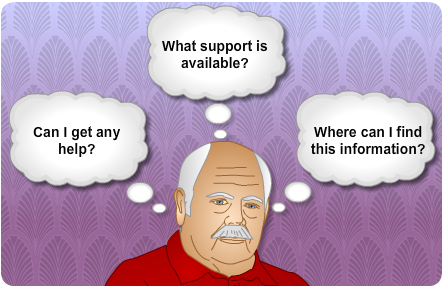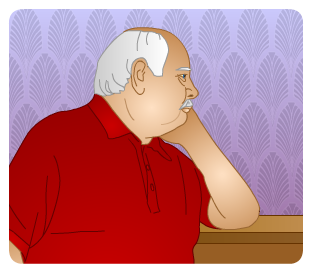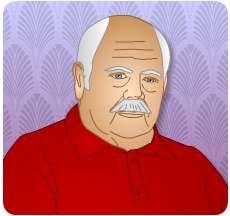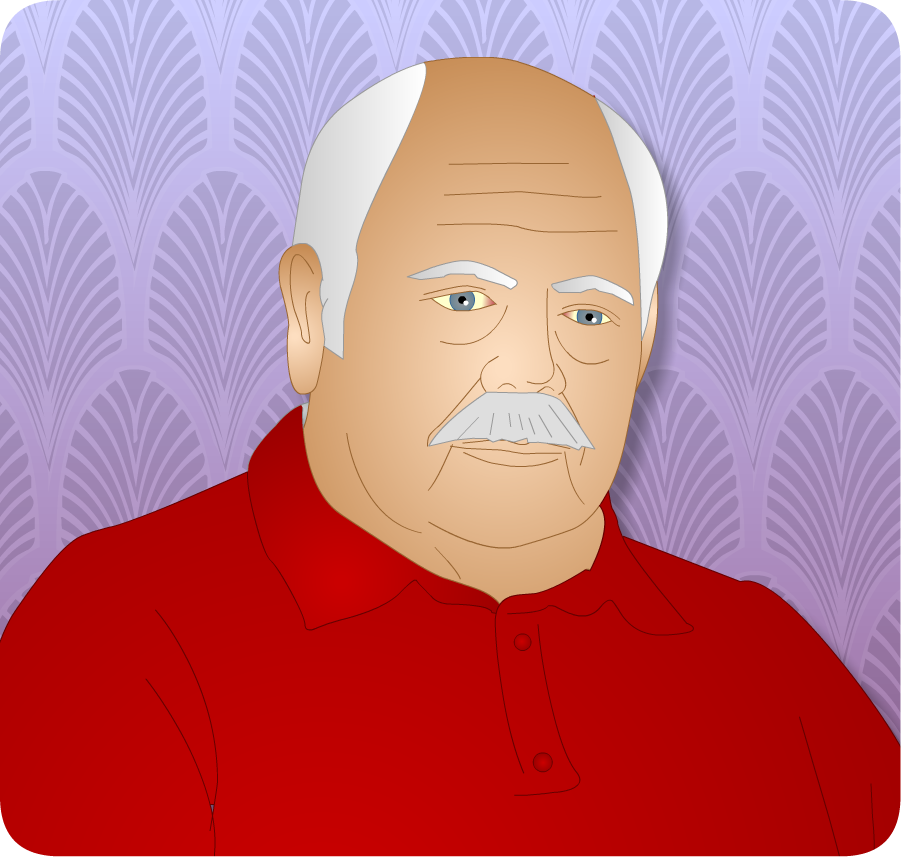Although he is keen to return to swimming, Mr McGuire is anxious about how he will manage this. You talk through some of the options which might help him, which include:
- Explore some of the barriers/perceived barriers he has with regards to returning to swimming
- Discuss possible solutions to these barriers
- Seek advice from occupational therapy about how to adapt the activity in order to make it accessible for Mr McGuire again, e.g. is there a particular piece of equipment which might help? Can the activity be done in a modified way/different environment? Does Mr McGuire require physical assistance?
Health and social care professionals as well as voluntary organisations and stroke support groups can support people who wish to resume leisure activities after stroke.

You want to support Mr McGuire in being able to return to his leisure interests of swimming, travel and gardening. He is keen to find out to if there is any support to help him do this.
 Since his stroke Mr McGuire has developed some issues including reduced confidence in returning to leisure activities:
Since his stroke Mr McGuire has developed some issues including reduced confidence in returning to leisure activities:
- social isolation – he misses meeting his friends
- weight gain
- reduced fitness
- fatigue
- low mood
- reduced arm function
- fear of resuming active hobbies
 Mr McGuire is a 67-year old man who had a right hemisphere stroke one year ago. He was previously active and enjoyed a variety of leisure pursuits including swimming, gardening, and travel.
Mr McGuire is a 67-year old man who had a right hemisphere stroke one year ago. He was previously active and enjoyed a variety of leisure pursuits including swimming, gardening, and travel.

Mr McGuire retired at the age of 65 from his job as a postman, and places much emphasis on his leisure pursuits. Following his stroke, Mr McGuire can walk up to 10ft with the assistance of one but uses a wheelchair for longer distances. He has some return of function in his left arm.
He lives with his wife who works full time, and wishes to continue doing so. She does not enjoy going swimming but is able to maintain the garden.

Introduction
Most people will focus their lives around three main areas of daily living including self care, work and family and leisure activities. Preferences and capacity available for each activity of daily living (ADL) will vary for each individual and can alter over time, for example, if a person retires from work then the capacity for more leisure pursuits may increase.
Leisure is ‘an activity chosen primarily for its own sake after the practical necessities of life have been attended to’ (1)
Studies have demonstrated that people have difficulty participating in leisure activities following stroke (2)
and that ‘Restrictions in social and leisure activity can have negative consequences for the health and well being of stroke survivors’ (3).
References:
- Drummond A leisure activity after stroke Int Disabil studies 1991; 12: 157-160.
- Schnitzler A et al. Participation in work and leisure activities after stroke: A National study. Annals of physical and rehabilitation medicine 62 (2019) 351-355.
- Norlander A et al (2016) Long term predictors of Social and Leisure Activity 10 years after stroke. PLoS ONE 11(2):e0149395 doi10.1371/journal.pone.0149395
- Patients with stroke who make a satisfactory recovery should be advised that they must not drive for at least one month after their stroke and thereafter if they have no further residual neurological deficits.
- Visual field deficits and clinically apparent visual inattention are both medical and legal bars to driving must be declared to DVLA
- Patients wishing to return to driving who have a residual neurological impairment (e.g. cognitive, visual or motor issues) at one month post stroke are legally required to inform DVLA of this. These patients should be referred for specialist driving assessment to help to determine if and how they can safely resume driving.
Driving Mobility
SMART Centre
Astley Ainslie Hospital
133 Grange Loan
Edinburgh
EH9 2HL
Tel: 0131 537 9192

 Since his stroke Mr McGuire has developed some issues including reduced confidence in returning to leisure activities:
Since his stroke Mr McGuire has developed some issues including reduced confidence in returning to leisure activities: Mr McGuire is a 67-year old man who had a right hemisphere stroke one year ago. He was previously active and enjoyed a variety of leisure pursuits including swimming, gardening, and travel.
Mr McGuire is a 67-year old man who had a right hemisphere stroke one year ago. He was previously active and enjoyed a variety of leisure pursuits including swimming, gardening, and travel.



